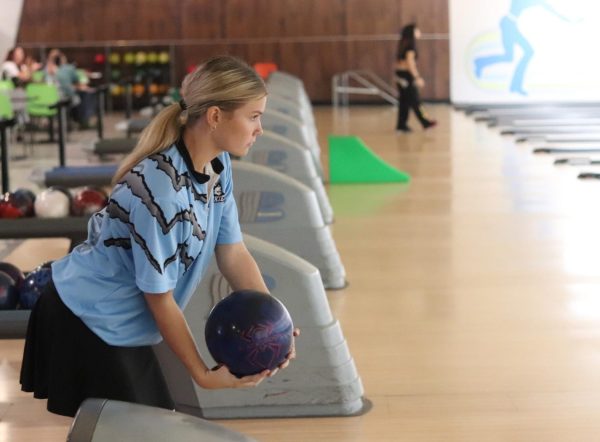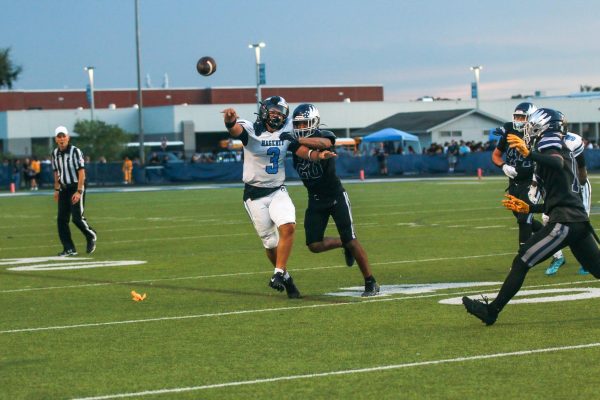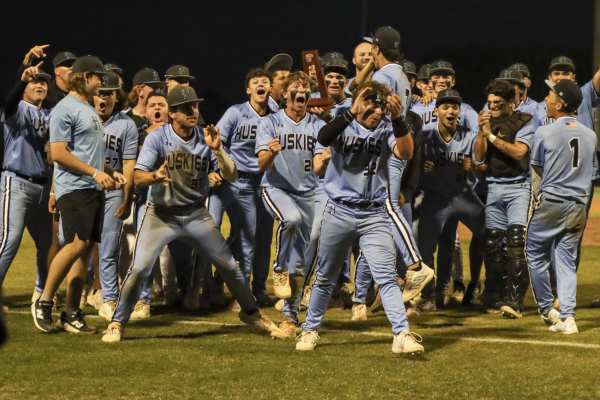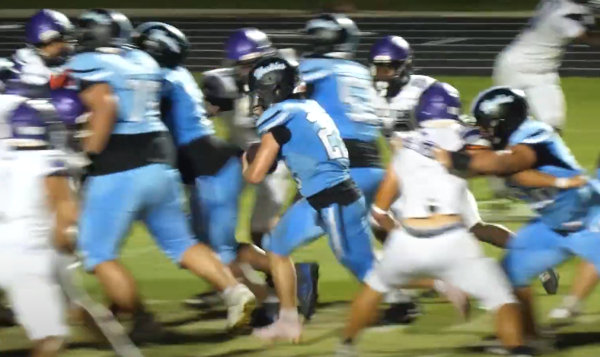Long term injuries hurt, strengthen athletes
“One pitch,” senior Cory Faiello said, “And I heard my nerve shred.”
During his sophomore season of baseball, Faiello shredded his ulnar collateral nerve in his elbow and was out for 11 months. For an athlete, that is an eternity. Missing a couple of practices is enough to throw an athlete off his game, but almost an entire year off can damage anyone’s chances for play time, to get better at their sport and to advance with their athletic dreams.
Long term injuries are looming threats to every athlete, who are constantly pushing limits with their bodily and mental strength, when one moment or one injury can throw their plans haywire.
“You go from practicing every day to back to the basics, just starting out again,” Faiello said.
Senior Kylie Houston, an outside hitter on the varsity volleyball team this year, was returning from an elbow injury as well this season. From overuse with her arm swing, Houston had jolted two of her bones in her elbow so much as to crush her ulnar nerve between them.
“My fingers started going numb and curl, and the doctor was like, ‘You need to have surgery or we won’t be able to get your fingers back,’” Houston said.
But after enduring six hours in surgery, Houston woke up to learn that the surgeon had cut the tendon in the wrong place and her two-week recovery time estimation was extending to nine months.
“I couldn’t even feel my fingers until three months after my surgery,” Houston said, “I was worried about getting dressed in the morning because I only had one hand to use.”
1.4 million injuries occur annually to high school student athletes according to the Center for Disease Control and Prevention, and approximately 80 percent of these injuries are recurrences from previous injuries because athletes did not allow themselves enough recovery time. With sports so competitive and the fear of missing even one practice so intense, “rest” is a foul word in every athlete’s mouth.
“Do whatever the doctor tells you so that you can heal,” senior Henry Torres said, who got a stress fracture in his spine during summer league of basketball between his sophomore and junior year.
And though sports injuries may cause stress, pain and mental strain, with the proper healing and a little luck, an athlete can return and continue growth in their sport. For example, Torres was out of basketball for three months, but was able to make varsity when he returned and even helped the team along to a state championship that year.
“If you really love your sport, you’ll come back harder than ever,” Torres said.
Faiello returned his junior year to baseball after being out for 11 months, and this season he has finally returned to his original growth and further, striving for a collegiate future in the sport.
“It resparked my love for my game,” Faiello said, “I’m working so much harder than I was before.”
But injuries do not always end with a glorified return. After sitting out for nine months, Houston’s return for her senior year of volleyball was not what most of the other players were expecting.
“It wasn’t what I expected for my senior year,” Houston said, “It was supposed to be exciting, but mine was like, ‘Am I going to make the team or not?’”
Because of her surgeon’s clinical mishap, recovery from her injury was extended to intensified recovery, and though she spent nine months aiding her arm and was able to return for her senior year season, her injury will affect her for the rest of her life.
Your donation will support the student journalists of Hagerty High School. We are an ad-free publication, and your contribution helps us publish six issues of the BluePrint and cover our annual website hosting costs. Thank you so much!






